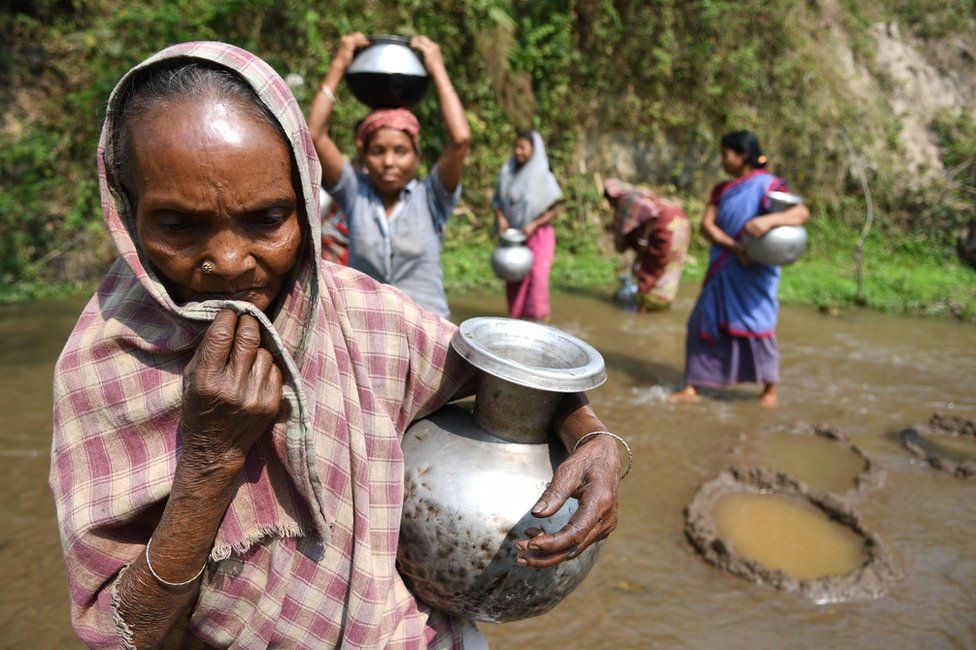
New Delhi: India is heavily reliant on groundwater resources; in fact, we are the world’s largest groundwater user, accounting for one-fourth of total consumption. We have more than 16 percent of the world’s population, despite having only 4% of the world’s freshwater resources.
And our water woes are only going to get worse. A 2018 UNESCO report raised the alarm by highlighting a significant drop in India’s groundwater level. According to the report, the country’s groundwater level is estimated to have dropped by 61 percent between 2007 and 2017.
More than half of the population is subjected to high-to-extreme water stress. Every year, approximately 200,000 people die as a result of a lack of access to safe drinking water.
India’s water crisis is the result of multiple failures, ranging from poor water management to land degradation to over-exploitation of water resources and a lack of adequate efforts to replenish them.
Interestingly, agriculture consumes nearly 90% of groundwater in India each year, while only 10% of our population uses groundwater for drinking. A 2019 report by Niti Aayog warned that if action is not taken to combat unsustainable levels of exploitation, demand for potable water will outstrip supply by 2030.
According to the report, India is ranked 120th out of 122 countries in the water quality index, with nearly 70% of the water contaminated. Groundwater depletion hinders people’s access to safe drinking water and has the potential to reduce cropping intensity by up to 68 percent in regions with low groundwater availability by 2025.
The guidelines issued by the Centre in September 2020 imposed a Rs 1 lakh fine on industrial and commercial users who extracted groundwater without prior permission but exempted agriculture. This is despite the fact that it cited free electricity for farmers as the primary cause of groundwater over-extraction. Since independence, India’s per capita water availability has declined dramatically.
It fell from 5,177 cubic metres in 1951 to 1,508 cubic metres in 2014, and it is expected to fall further to 1,465 cubic metres by 2025, according to India’s top agricultural research body, ICAR. If the situation worsens, it could lead to water conflicts between and within states. It serves as a wake-up call for all of us. A water disaster is looming, threatening economic growth, livelihoods, and environmental sustainability.
It is critical that we reduce water consumption in agriculture through the use of technology and crop diversification. In line with Prime Minister Narendra Modi’s call for “Per Drop More Crop,” we should focus on increasing agricultural water productivity.
Crop planning should be influenced by factors such as local weather, water availability, and the demand-supply situation, among others. This will assist the government in developing plans to incentivize farmers to grow the recommended crops. Micro-irrigation is one of the technologies that can increase water use efficiency from 30–40% through open channel irrigation to 90%+ through the use of sprinklers, micro-sprinklers, and drip irrigation.
With direct control over crop water requirements, macro and micronutrients can be given to plants as and when they are needed, preventing water loss as well as soil and water pollution caused by excessive fertiliser use.
We can notify owners and assist them in making equitable and informed decisions by conducting a decentralised analysis of millions of data points (water resources) across India. Let us work together to improve groundwater governance and implement water-smart technologies to promote sustainable agriculture on World Water Day 2022.
(The writer is CEO, NCML Agcon)

